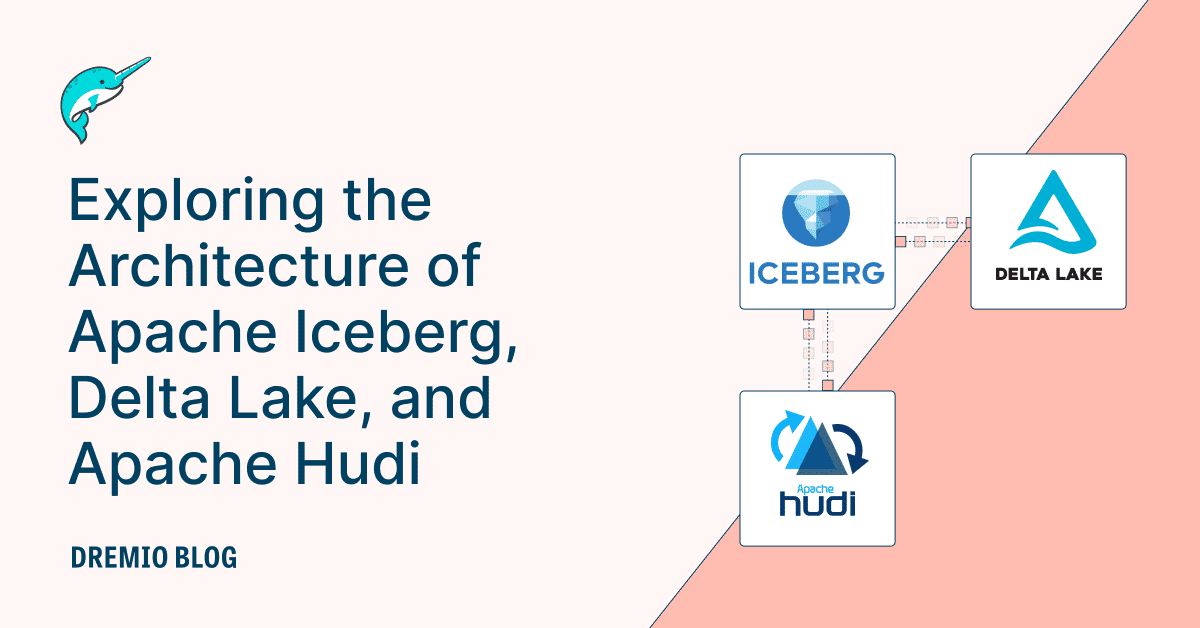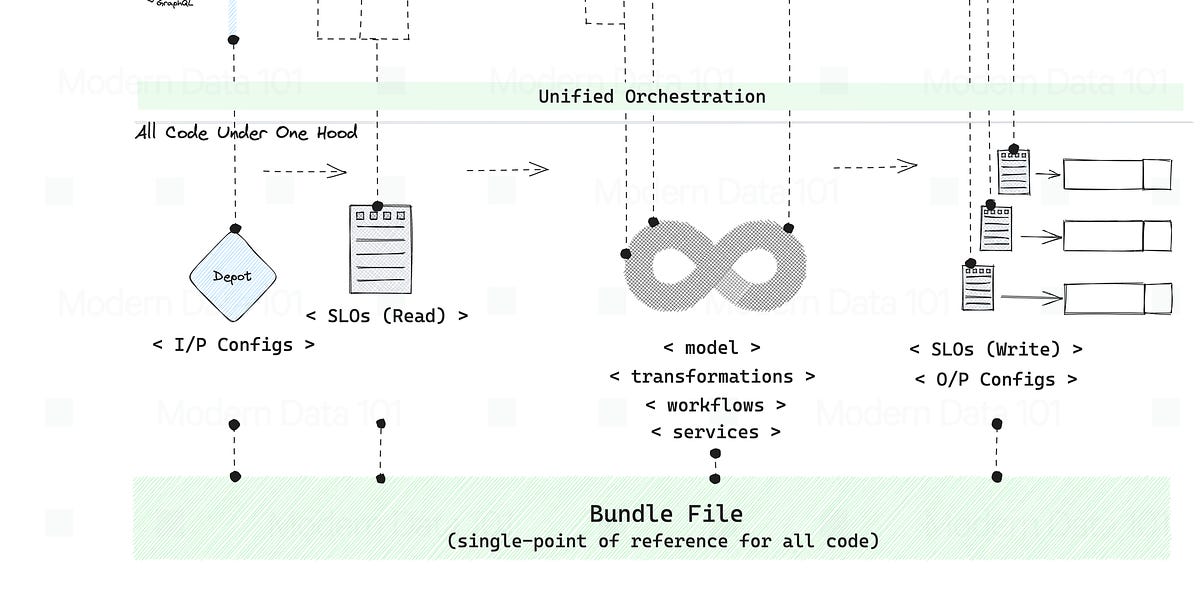Interesting Reads / Sites
Purpose:
The purpose of this page is show interesting reads from other blogs or other resource that have to do with anything data including data management from the source to the target.
- Good Read For Data Engineering Life Cycle
Data engineering 101: lifecycle, best practices, and emerging trends
Learn how data engineering converts raw data into actionable business insights. Explore use cases, best practices, and the impact of AI on the field.

- This sight is a good resource for SQL performance.
The annotated table of contents
What every developer should know about SQL performance

- This is an interesting tutorial that provides a step-by-step guide on how to import data from relational databases into Neo4j using ETL (Extract, Transform, Load) tools. It explains key concepts like mapping relational tables to graph structures, handling foreign keys as relationships, and optimizing data imports for performance. The guide also introduces Neo4j ETL tools and provides best practices for a smooth migration from relational databases to a graph database
https://neo4j.com/docs/getting-started/appendix/tutorials/guide-import-relational-and-etl/
- This article compares the architectures of Apache Iceberg, Delta Lake, and Apache Hudi, three popular table formats for managing large-scale data lakes. It explores their key features, including schema evolution, ACID transactions, performance optimizations, and metadata handling, helping users choose the right solution based on their use cases, such as analytics, streaming, or data lake management.
Exploring the Architecture of Apache Iceberg, Delta Lake, and Apache Hudi | Dremio
Understand how different formats handle metadata for ACID transactions, time travel, and schema evolution in data lakehouses.

- The article tackles the common question: "Do I need to learn dbt?" The key takeaway is that dbt is a tool, and like any tool, it’s only as useful as the problems it helps you solve. Instead of asking if it's necessary, the better question is: does dbt address your workflow’s challenges? dbt isn't an ELT tool; it's strictly the "T" (Transformation) in ELT, handling data transformations using SQL. It shines in data warehouses where SQL is the standard. The article gives a solid overview of four key problems dbt solves, along with practical examples. Overall, a good breakdown.
No, Data Engineers Don’t NEED dbt.
But It Sure Does Solve a Lot of Problems
- This article gives a decent overview of the crucial role in understanding the significance of data pipelines within the context of data products.
Data Pipelines for Data Products
Key Components, Recommended Tools, and Fundamental Development Concepts

- Data as a product is a mindset that views data as a valuable asset that can be packaged and sold to customers. Data products are specific products or services that are built on top of data, such as a machine learning model or a data visualization tool. In a data mesh, data as a product is the foundation for building data products that meet the needs of different business users.
Data as a product vs data products. What are the differences?
Understand what data as a product is by looking at an example.
- Percona does an interesting comparison of proxies. It's interesting how long HAproxy has been around and is still pretty relevant. I started to use ProxySQL a few years back and find this post interesting.
Comparisons of Proxies for MySQL
After understanding of the environment, the needs, and the evolution that the platform needs to achieve it’s possible to choose a MySQL proxy.







